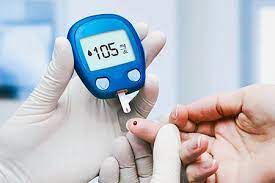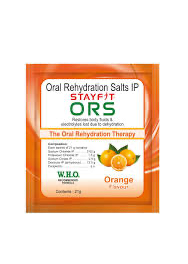Type 2 diabetes mellitus remains a formidable health challenge globally, marked by elevated fasting glucose levels stemming from insulin resistance and excessive glucose production by the liver. Addressing this complex metabolic dysfunction has been a focal point of research, underscored by a recent review article in Trends in Endocrinology & Metabolism.
Led by Professor Manuel Vázquez-Carrera of the University of Barcelona and collaborating institutions, the study synthesizes crucial advancements in understanding hepatic gluconeogenesis, a process pivotal in glucose regulation. This mechanism, central to diabetes pathology, has spurred efforts to identify novel therapeutic targets, crucial in combating what the World Health Organization deems a 21st-century pandemic.
“In type 2 diabetes, hepatic gluconeogenesis is overactive, contributing significantly to elevated glucose levels despite insulin insensitivity,” notes Professor Vázquez-Carrera from UB’s Department of Pharmacology. Recent studies have pinpointed growth differentiation factor 15 (GDF15) as a regulator capable of mitigating proteins involved in gluconeogenesis. This discovery opens avenues for potential drug development targeting GDF15 to improve glucose control.
Moreover, insights into the role of transforming growth factor-beta (TGF-β) have surfaced, linking it not only to liver fibrosis but also to heightened gluconeogenesis in diabetes. Understanding these pathways could lead to innovative therapies addressing metabolic dysfunction-associated fatty liver disease (MASLD) often concurrent with diabetes.
The article underscores the inadequacy of single-target therapies, advocating for combined approaches targeting multiple factors. “Designing therapies that consider diverse regulatory pathways could enhance treatment efficacy,” suggests Vázquez-Carrera, highlighting the potential of emerging molecules like TGF-β and others in future therapeutic strategies.
Furthermore, the study sheds light on metformin, the cornerstone drug in diabetes treatment, whose mechanisms beyond AMPK activation have been elucidated. Recent findings reveal that metformin’s inhibition of mitochondrial complex IV suppresses hepatic glucose synthesis, complemented by its effects on gut metabolism and GLP-1 secretion, crucial in lowering glucose levels.
Looking ahead, Vázquez-Carrera’s team aims to unravel GDF15’s mechanisms further and explore potent inducers of this cytokine, potentially revolutionizing diabetes management. Their ongoing research promises to deepen our understanding of hepatic gluconeogenesis regulation and pave the way for more effective therapeutic interventions.
In a broader context, amidst the COVID-19 pandemic, insights into glucose dysregulation observed in infected patients underscore the interplay between viral infection and metabolic pathways, offering new avenues for research and clinical application.
As efforts intensify to decode these intricate metabolic pathways, the quest for effective treatments for type 2 diabetes mellitus continues, driven by collaborative research at the forefront of endocrinology and metabolism.












